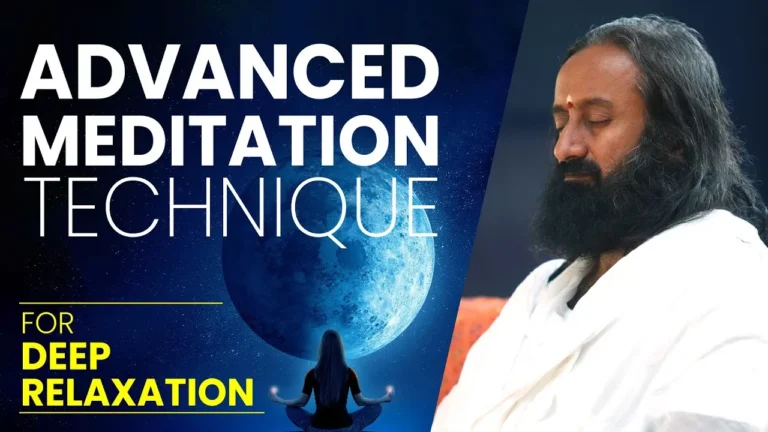Mindfulness meditation has gained attention as a supportive practice for mental well-being, including low mood and stress. Below is a straightforward technique you can try at home. If you want context on why mindfulness helps, see our pieces on More Positive Evidence on Mindfulness and Meditation Makes You Happy!.
Before you start
- Choose a quiet space where you won’t be interrupted.
- Sit upright on a chair with your feet flat on the floor. Place a small cushion at the base of your spine so your shoulders don’t rest on the chair back. Rest your hands in your lap (or on a cushion in your lap if that’s more comfortable).
- Keep the posture alert yet relaxed to reduce the chance of dozing.
Step-by-step: Counting the breath
- Gently close your eyes.
- Breathe in and breathe out. Count “one.”
- Breathe in and breathe out. Count “two.”
- Continue up to “ten,” then begin again at “one.”
Don’t try to control the breath; simply be aware of the in-breath, the out-breath, and the counting. If you get distracted or lose track (very common), acknowledge it kindly and start again from one. That moment of noticing is the practice working.
Common challenges (and how to respond)
Most people find the mind throws up thoughts, plans, and worries. This is normal. Try not to judge yourself or chase the thoughts. When you notice you’ve wandered, acknowledge it (“thinking” or “planning”), then return to the breath and the count.
How long should I practice?
- Begin with 5 minutes daily. Short and consistent beats long and rare.
- As it feels comfortable, gradually extend toward 10–30 minutes a day.
- There’s no need to push beyond 30 minutes without guidance from an experienced teacher.
Benefits tend to accrue gradually—like walking in a light mist: after a while you’re wet, even without heavy rain. Give it time.
Safety and when to seek extra support
If you’re in acute crisis, newly starting meditation can feel discouraging. It may help to stabilise first with other supports (for example, a relaxing massage or a brief, guided practice) and return to meditation when you’re steadier. If practice increases distress, pause and consult a qualified teacher or clinician. For an evidence-based overview of meditation, see the U.S. National Center for Complementary and Integrative Health’s guide: Meditation & Mindfulness: What You Need to Know.
Mindset tips
- A session that feels agitated is not a “bad” session—showing up is the win.
- This isn’t about forcing relaxation or insight; it’s about kindly noticing whatever is present.
- Curiosity over criticism: be interested in your experience, moment by moment.
Where to go next
If you’d like to explore how movement can complement mindfulness, try Active Body, Healthy Mind. For further reading, many beginners enjoy Meditation for Dummies by Stephan Bodian.

